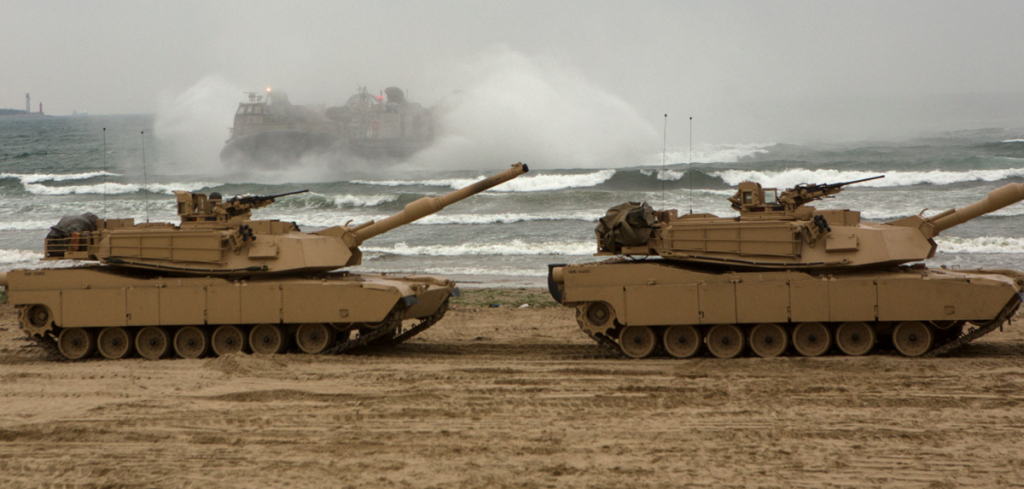With the largest tank fleet among European NATO members, Ankara now turns to domestic industry to replace its aging arsenal
Others are reading now
Turkey is poised to reshape the armored balance within NATO. After years of delay, the country will begin fielding its first domestically produced Altay main battle tanks in the third quarter of 2025.
The program marks a strategic departure from the path taken by other NATO allies, many of whom have opted for imported platforms like the Abrams, Leopard 2A8, or South Korea’s K2 Black Panther.
Instead, Ankara is committing to homegrown defense manufacturing—an ambition years in the making. If successful, the Altay fleet will eventually include up to 1,000 tanks, making Turkey not only NATO’s largest armored force in Europe by numbers but potentially by capability as well.
Altay T1: A Hybrid of Turkish and Korean Design
Currently, the Turkish Armed Forces operate a patchwork fleet of around 2,500 tanks—many of them legacy platforms such as the M48 and M60 Patton, Israeli-upgraded M60 Sabras, and early Leopard models. These aging systems prompted Ankara to launch the Altay project in 2007.
Also read
The first model to enter service will be the Altay T1, which incorporates key components from South Korea’s Hyundai Rotem, including the DV27K engine and EST15K transmission. Its main gun is a domestically manufactured version of the Korean CN08 120 mm cannon.
The design ensures the Altay T1 can remain compatible with Turkey’s long-term ambition for self-reliance, even while leveraging foreign expertise.
By 2028, roughly 100 T1 tanks are expected to be delivered. Subsequent versions—Altay T2 and Altay T3—will be built in larger numbers and with increasing use of Turkish-made parts.
Scaling Toward Strategic Autonomy
The Turkish government plans to transition future Altay variants to full domestic production. The T2 and T3 are set to include improved fire control systems, armor packages, and onboard electronics—all developed locally. Each successive version will reflect iterative improvements and greater technological independence.
Altay production also reflects Ankara’s interest in defense exports, with hopes that later variants will find foreign buyers. The Turkish Armed Forces anticipate the platform will become a cornerstone of their future operational doctrine.
As reported by tech.wp.pl, final assembly and testing of the early Altays is already underway, with the first operational tanks slated to arrive in August 2025.


